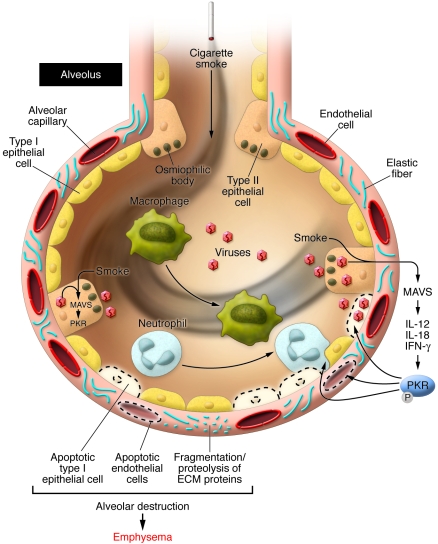Figure 1. Synergistic interaction between cigarette smoke and RNA viruses in emphysema in mice.
The combination of exposure to cigarette smoke and RNA viruses leads to alveolar cell apoptosis involving type I epithelial, type II epithelial, and endothelial cells, and enhanced alveolar inflammation (with influx of neutrophils and macrophages). As shown by Kang et al. (5) in their study in this issue of the JCI, the process of alveolar destruction is set up via activation of the RLH adaptor protein MAVS, the cytokines IL-12, IL-18, and IFN-γ, and the phosphorylation of the kinase PKR (5). Furthermore, this process may course with an imbalance between matrix protease and antiproteases, favoring fragmentation of extracellular matrix proteins, including elastin. The cell signaling pathways triggered in alveolar epithelial cells infected by RNA viruses or synthetic dsRNA are represented in Figure 2.

